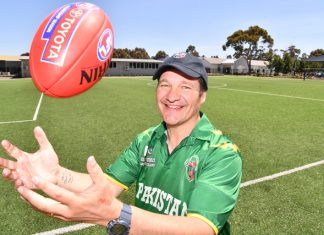Thirty-nine Victorian councils, including those in Brimbank, will have its electoral structure changed by the state government, ahead of the 2024 elections in October this year.
Local Government Minister Melissa Horne announced the upcoming changes on February 15, having accepted the recommendation of the Electoral Representation Advisory Panels (ERAPS).
It was noted that these new electoral representation arrangements will ensure councils are more reflective of the communities they represent.
“The Electoral Representation Advisory Panels have delivered thorough work over an extensive period to ensure that Victorian councils will be set up to effectively represent their communities,” Ms Horne said.
“These new ward boundaries will be in place for the local government elections this year- an important step in our work to reform local government and meet the expectations of communities right across Victoria.”
Initially established under the Local Government Act 2020, the change in legislation has seen extensive work and engagement from ERAPS over the past 15 months to ensure councils become compliant with the new requirements.
The panels’ reviews have been completed with time to allow for candidates and the Victorian Electoral Commission (VEC) to implement the necessary planning ahead of the general elections.
The structure amendment will require 30 councils change to a single-member ward structure, except in those cases where ERAPs have recommended the council have uniform multi-member wards or an unsubdivided structure.
Four councils will change to a multi-member ward structure: Buloke council, Northern Grampians council, Surf Coast council and Yarriambiack council.
A further five councils will change to an unsubdivided structure: Campaspe council, Gannawarra council, Hepburn council, Moorabool council and Strathbogie council.
Formed in October 2022, the Electoral Representation Advisory Panels provided advice to the state government on the recommended structures and included community engagement to ensure local views were considered.
This work was supported by the VEC who provided technical and administrative support.
The panels subsequently made recommendations for the total number of councillors for each municipality, the ward structure, the number of wards, number of councillors per ward, ward boundaries and names.
Details: localgovernment.vic.gov.au/council-governance/electoral-representation-advisory-panels-eraps








